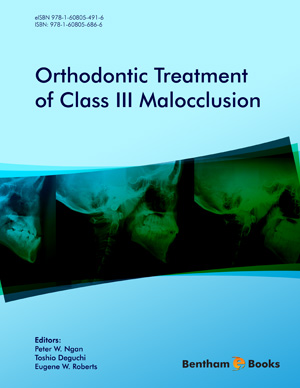Abstract
Young Class III patients with deficient maxilla can be treated with maxillary orthopedic appliances such as the facemask. Patients with an over-developed mandible require orthodontics, in combination with orthognathic surgery to correct the underlying skeletal and dental discrepancy, after growth is completed. For Class III patients, craniofacial morphology varies among different racial groups and it is important to understand the cephalometric characteristics of these different ethnic groups. For example, in Northeast Asian countries such as Korea and Japan, there are more Class III patients with mandibular excess rather than maxillary deficiency, compared to the Caucasian populations. In treatment planning for orthognathic surgery, 3-dimensional analysis using CBCT provides more detailed information than a conventional 2-dimensional cephalogram. Also, for orthognathic surgery patients, laser scanning may show 3-dimenisonal information on soft tissue as well as hard tissue changes. Therefore, soft tissue changes in facial profile as well as mid-facial area can be quantitatively calculated. The best orthognathic surgery cases result from a close interaction with the oral surgeon and a well planned pre-surgical orthodontic phase. This can simplify the orthognathic surgical plan and result in good long-term stability. In this chapter, 3-dimensional analysis of the hard and soft tissue will be introduced for both pre- and post-surgical consideration of Class III patients treated by combined orthodontics/orthognathic surgery.
Keywords: Orthognathic surgery, 3D CT, Laser Scanning, 3D analysis, Presurgical orthodontics.






















